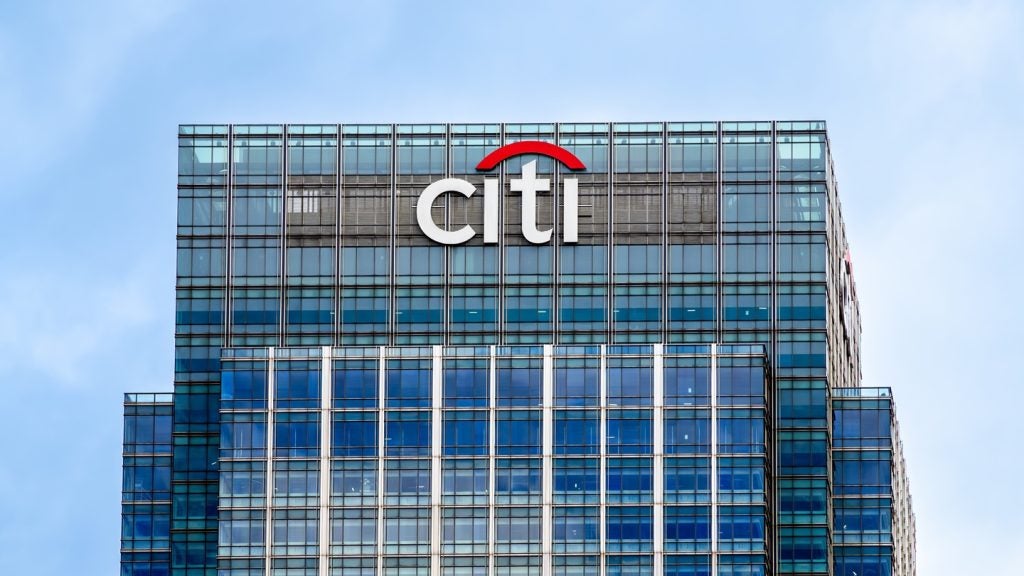As loan write-offs continue in the US, the outlook
remains far from rosy. Banks such as Wells Fargo and Washington
Mutual have signalled that 2008 will be much tougher than
predicted, leading to a squeeze on margins, while the rapid drop in
sentiment towards E*Trade has revealed widespread
nervousness.
While a core group of primarily US and European banks has so far
written off around $40 billion in losses from the US subprime mess,
the two pressing questions now are: how much further to go and
which banks will suffer the most?

Access deeper industry intelligence
Experience unmatched clarity with a single platform that combines unique data, AI, and human expertise.
Speaking at Merrill Lynch’s banking conference on 15 November,
Wells Fargo’s CEO, John Stumpf, said the US housing market is in
its worst slump since the Great Depression. Capital One, which has
raised its 2008 loss provisions for bad credit card and mortgage
debts, has said that write-offs on bad consumer debts may be as
high as $5 billion. And Washington Mutual, the largest US savings
and loan outfit, has said it expects overall US mortgage
originations to drop to $1.5 trillion in 2008 from a projected $2.4
trillion this year. “The soft landing we were anticipating quickly
transitioned to a severe downturn,” said Kerry Killinger, chief
executive of Washington Mutual. “This process is painful.”
Fragile UK
Outside the US, the UK seems to be in the most fragile state
(see table below). The disposal of Northern Rock goes from
bad to worse, with calls for the bank to be nationalised on the
rise. As potential bidders for the company start to send in their
proposals (see News Digest), the Treasury has now warned
that the support it has provided to the lender could represent
state aid under EU rules and may be illegal, and there are deep
concerns that the drawn-out, politically charged sale of Northern
Rock may end up costing the UK government billions in loan
write-offs.
HSBC’s third-quarter figures did little to soothe worries. While
the group recorded a less-than-expected $3.4 billion charge for the
three months to the end of September against its US consumer
finance business, Stephen Green, chief executive, said problems
with bad debts in the US were spreading from the mortgage business
to other loans, such as credit cards and car loans.


US Tariffs are shifting - will you react or anticipate?
Don’t let policy changes catch you off guard. Stay proactive with real-time data and expert analysis.
By GlobalData
US write-offs could reach $500bn
Different estimates put the overall market write-offs in the US at
anything between $100 billion and $500 billion. On 15 November,
Goldman Sach’s chief US economist, Jan Hatzius, estimated credit
losses on outstanding mortgages to be at around $400 billion.
“The macroeconomic consequences could be quite dramatic,” Hatzius
said in a note to clients. “If leveraged investors see $200 billion
of the $400 billion aggregate credit loss, they might need to scale
back their lending by $2 trillion… This is a large shock.”
And the seemingly fragile nature of the system has certainly been
shocking. The rapid, dramatic slide in investor sentiment towards
E*Trade in early November, once one of the shining lights of the
online era, brought a sharp, bloody nosed dose of reality to the
situation. On the back of fears over its subprime mortgage
exposure, E*Trade’s shares fell 60 percent in one day – after
Citigroup analyst Prashant Bhatia predicted there was a 15 percent
chance of bankruptcy – bringing E*Trade’s market cap to just $1.5
billion.
Bhatia said 50 percent of E-Trade’s deposits, around $15 billion,
are above the $100,000 level insured by the US government, which
could foment a bank run. “We estimate that trying to liquidate
E-Trade’s loan and [asset-backed securities] portfolio would result
in over $5 billion of losses,” said Bhatia.
A rallying call for calm from E*Trade’s president helped raise
E*Trade’s stock by 40 percent, but the franchise has been damaged
by a diversification strategy focused on expanding into high-risk
lending. E*Trade is expecting more write-downs in its $3 billion
asset-backed securities portfolio and would no longer meet
previously issued earnings forecasts. E*Trade said in a statement
on its website it remained well capitalised by regulatory
standards, but added: “It is our expectation that news in the
market will get worse before it gets better.”

Benefits of diversifying
Although a diversification strategy has hindered E*Trade, other
banks and financial services players have benefited from moving
into growth markets, namely Asia-Pacific.
HSBC’s third-quarter 2007 and year-to-date profits were ahead of
comparable periods in 2006, despite intense operating conditions
for the group’s US consumer finance business. Most other regions
are performing very well for the bank, and although HSBC noted the
air of uncertainty in its outlook statement, it said its 2007
operating profits should exceed those of 2006.







